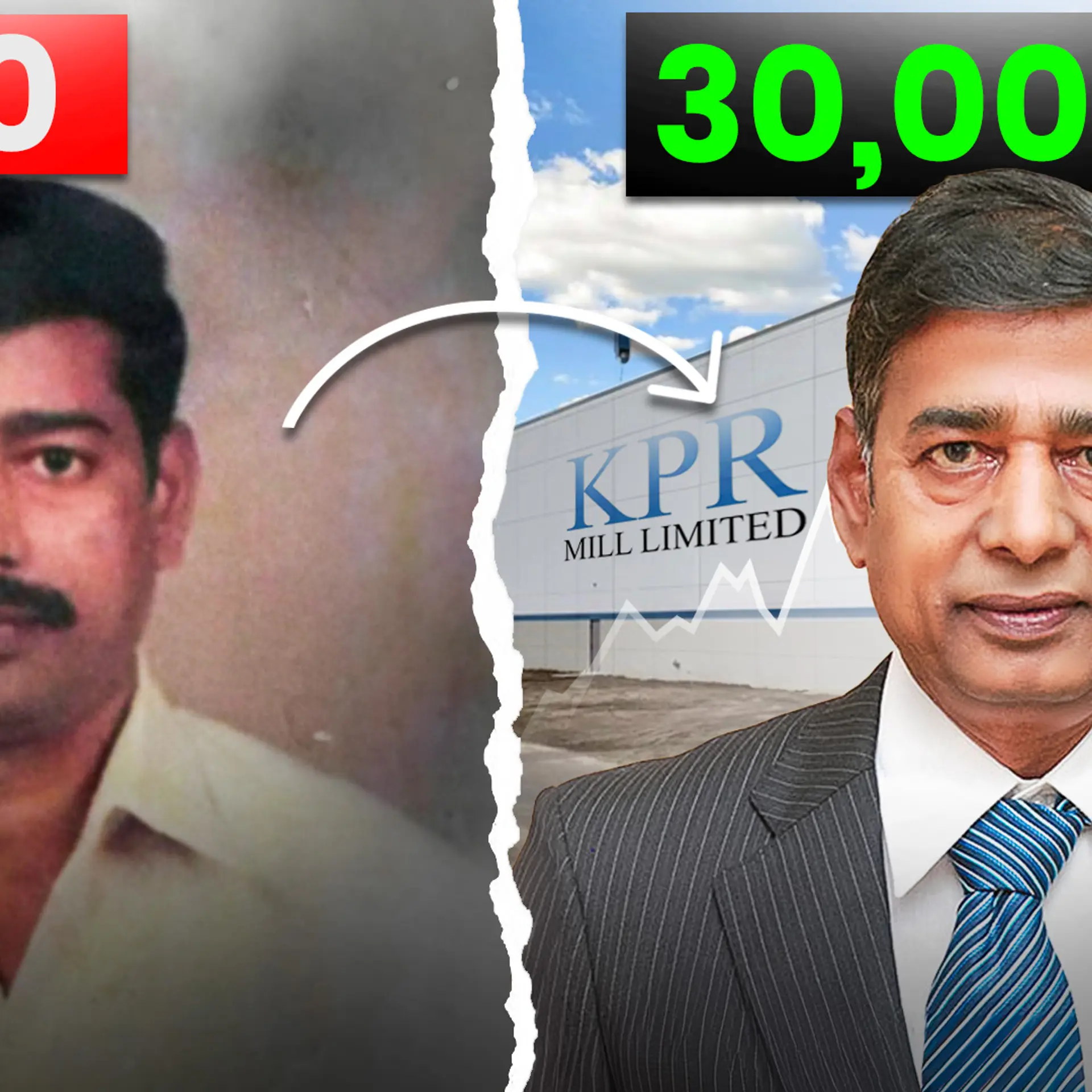The thing that frustrates us is why haven’t we been successful in India, says Netflix’s Reed Hastings
Wall Street may be unhappy with Netflix’s membership addition forecast for Q1 2022, but the streaming major is unhappy about its growth in India.
On January 20, the Netflix stock fell to $404.5 apiece in after-market trade on NASDAQ. This was a correction of over 21.5 percent—or $111.36 apiece—compared to the January 19 close of $515.86 apiece.
The fall also led to a decline of $45 billion in Netflix’s market value, and the reason for the dip is the streaming major’s forecast of 2.5 million subscribers in the current (January-March) quarter of 2022 (Q1 2022).
This is a substantial decline compared to 4.0 million subscribers added in Q1 2021. For the record, Netflix closed 2021 with 222 million paid subscribers, of which 8.3 million were added in Q4 2021 — the actual addition was slightly lower than the 8.5 million it has forecasted for the period.
The share price reaction indicates that the market participants could be thinking that Netflix’s COVID-catalysed growth ride is fading.
“While retention and engagement remain healthy, acquisition growth has not yet re-accelerated to pre-COVID-19 levels,” Netflix said in its earnings release.
“We think this may be due to several factors including the ongoing COVID-19 overhang and macro-economic hardship in several parts of the world like LATAM (Latin America),” the release added.
In the post-result webcast where Netflix CXO’s discussed the financial performance, India – where Netflix had lowered its subscription prices across all its plans on December 13 last year – was a subject of a longer discussion.

Netflix’s release said that India is fairly unique because pay TV pricing is very low. “We believe these new prices will make Netflix more accessible to a broader swath of the population – strengthening our value perception,” it added. “Our goal is to maximise long term revenue in each of our markets.”
However, during the webcast, when the management was asked as to what is Netlfix trying to achieve with the price change in India, Greg Peters, COO and Chief Product Officer, Netflix said that the price change follows a whole set of activities that Netflix has been doing in India over the years of its operations, and learning more about the Indian consumer’s taste, and that’s broadening the offering of service across many different dimensions.
At the core is the content and programming, and seeking to expand that would provide an increased variety and range of products that appeals as attractive to more people in India, said Greg.
Looking at sum total of all the activities, it was the right time to decrease our prices there to increase the accessibility of the content to more Indian consumers,” said Greg.
He further added that Netflix wanted to reduce prices, not just with mobile which is a lower entry point, but do it across the range of plans it had under the theory that some of the features that members watch on TV with the basic plan unlocks more value in the service and therefore creates more retention, more attractiveness to those plan types for the Indian consumers.
“We were doing with the lens of what’s the long-term of revenue maximisation,” said Greg, adding that the leadership anticipated that as Netflix decreases the ARM (average revenue per membership), it would make it up in more subscriber additions.
“Its still very early in looking at India, as retention takes a couple of months to get a clean read on,” said Greg. “But, the early data that we are seeing supports the positive read on that lens of revenue maximisation.”
Reed Hastings, Founder and Co-CEO of Netflix, took no time to chip in at this point, and he highlighted that what is unique about India is cable, which is about is $3 per month, per household.
“So there, we are differently pricing then rest of the world, which does impact consumer expectations,” said Reed.
Fast-forward six months, or 12 months, from now, if this (reduced price) approach doesn’t give the desired results, would Netflix then consider right-sizing its content spend, or consider an ad-supported model?
Reeds said that it's still a long time before Netflix adjust materially. “Because our experience in Brazil was brutal for the first couple of years,” said Reeds.
Netflix’s experience in Japan, though a very different market in terms of affluence, was not never positive in the beginning. It took Netflix quite a while to unlock all the components – product-market fit and getting the right content.
“But once you get the fly-wheel spinning, it’s (Japan) been a tremendous market for us in terms of growth of membership and revenue,” said Greg.
"The great news is that in every single major market we’ve got the fly-wheel spinning,” said Reeds. “The thing that frustrates us is why haven’t we been successful in India,” he added with a wide smile. “But we are definitely leading in there”.
“We are quite bullish that India isn’t fundamentally different in some way that we can’t figure out how to tailor our service offering to be attractive to Indian consumers who love entertainment,” Greg added.
Clearly, India, and last month's 16-80 percent price slashing across subscription plans here, seem to be Netflix's big bet at the time when the bumper growth propelled by the Covid-19 pandemic seems to be fading.
Edited by Kanishk Singh








